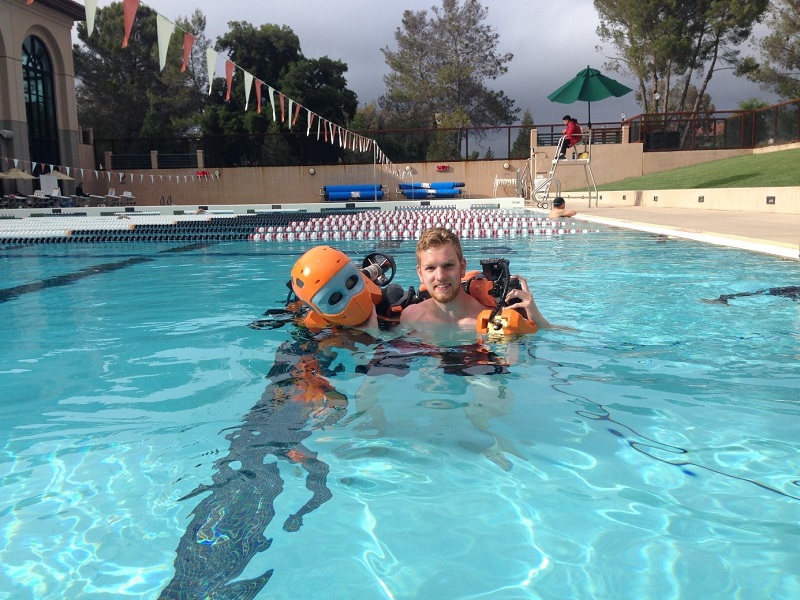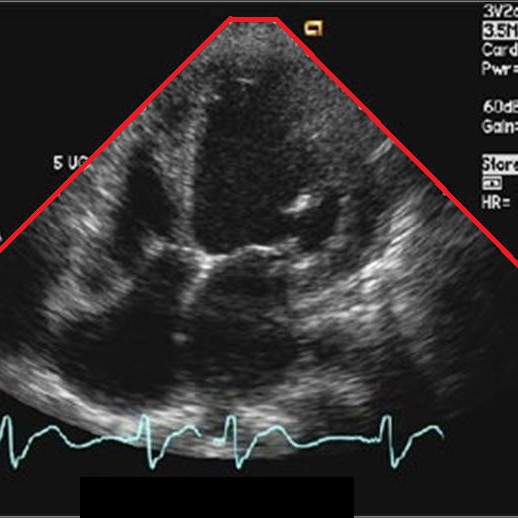Research at the Stanford Robotics Lab 2017:
3D printing, Computer Vision, Human-Robot Interaction
1) The OceanOne project:
 A pool test with the Stanford OceanOne underwater robot
A pool test with the Stanford OceanOne underwater robotDuring my time as a researcher at the Stanford Robotics Lab I was working on the OceanOne underwater robot project. OceanOne is a bimanual humanoid underwater robot, which allows human pilots an unprecedented ability to explore the depths of the oceans by using haptic feedback. The robot has successfully completed two open water missions, when it dived down to a sunken shipwreck of the French King Louis XIV in 2016 and explored an underwater volcano in Greece in 2017. Currently the robot is teleoperated and allows an operator the explore underwater. As a next step, multiple robots should work collaborative with divers to enable a new set of tasks, like coral reef monitoring or larger area exploration. To achieve this goal the robots require the capability to move and explore independently while interacting and communication with the human diver.
2) Underwater Hand Gesture Recognition:
My research project was focused enabling more autonomous underwater robot behavior by developing a new underwater robot-diver interaction. The research included the development of a 3D printed underwater vision unit, capable of capturing hand gestures in stereo vision underwater. The main part of the project was the development of an underwater hand gesture recognition system. I created a new four step approach and compared two posture detection approaches on a newly created underwater hand posture dataset. The results were able to run in real-time and can be adapted for various postures and commands. This enables many underwater applications like companion robots or underwater robot assistants.
The research paper about this project was published in the proceedings of the IEEE Global OCEANS 2020: Singapore – U.S. Gulf Coast conference.
Download Paper: Development of an underwater hand gesture recognition system
 The 3D printed underwater camera unit used to collect training data, the algorithm development process and algorithm testing in a pool setting
The 3D printed underwater camera unit used to collect training data, the algorithm development process and algorithm testing in a pool setting
Some of my other technology projects:

During my studies at the CDTM I was working on a technology consulting project to develp a prototype of 3D-enabled glasses and an haptic feedback wristband for enhanced navigation of blind people.
Learn More
During my time as a resarcher at the Biorobotics Lab of the Harvard University in Massachusetts, I use machine learning to develop an segmentation and classification of heart diseases based on ultrasonic images.
Learn More
In addition to my research I also worked on innovation projects including startups in the field of audio technology, healthcare and retail, winning multiple awards.
Learn More